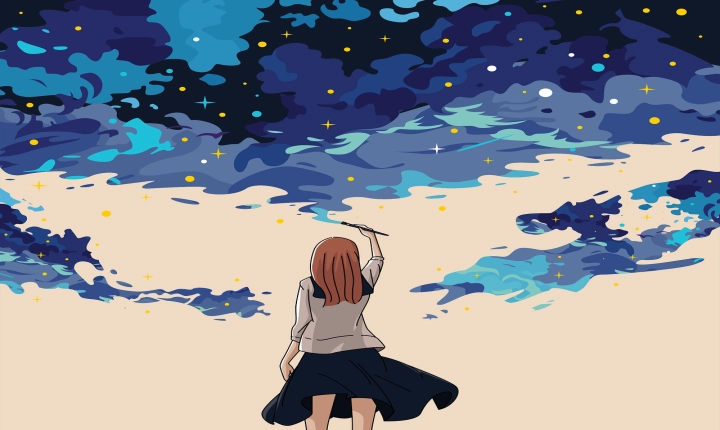Can AI Create Graphics?
Artificial intelligence (AI) has made impressive advancements in various fields, including language processing, decision-making, and even creativity. One area where AI has shown significant potential is in generating graphics and visual content. The question that arises is, can AI truly create graphics at the same level of quality and creativity as human designers?
The short answer is yes, AI can create graphics. In recent years, AI-powered tools and platforms have emerged that are capable of producing stunning visual content, including images, illustrations, and even graphic design elements. These tools leverage machine learning algorithms and deep learning techniques to analyze large datasets of visual information and learn to generate original graphics based on specific parameters or inputs.
One of the most well-known examples of AI-generated graphics is the use of generative adversarial networks (GANs). GANs are a type of AI model that consists of two neural networks, one that generates new content and another that discriminates between real and generated content. Through a process of competition and refinement, GANs can produce highly realistic and detailed images, often indistinguishable from those created by human designers.
Additionally, AI-powered design platforms such as Canva and Adobe’s Sensei have integrated machine learning algorithms to assist designers in creating graphic elements, layouts, and compositions. These tools can analyze user input, such as text, color preferences, or design style, and provide AI-generated suggestions and templates to help users design visually compelling graphics.
The ability of AI to create graphics has also extended into the realm of artistic expression. Some AI-driven art platforms, like DeepArt and RunwayML, enable users to create original artworks and illustrations by leveraging AI algorithms that can synthesize visual styles and patterns based on user input.
While the capabilities of AI in creating graphics are undeniably impressive, there are still limitations and considerations to be aware of. One challenge is the potential for AI-generated graphics to lack the nuanced creativity and emotional depth that human designers can bring to their work. While AI can replicate existing visual styles and patterns, it may struggle to imbue designs with the same level of originality and artistic vision that human designers can achieve.
Another consideration is the ethical implications of AI-generated graphics, particularly in the context of copyright and intellectual property. As AI tools become more proficient at creating original visual content, questions arise about the ownership and authorship of AI-generated designs, as well as the potential for AI to inadvertently produce content that infringes on existing copyrights.
Despite these challenges, the advancement of AI in creating graphics presents exciting opportunities for designers, artists, and businesses. AI can augment the creative process by automating repetitive tasks, suggesting design ideas and inspirations, and speeding up the production of visual content. By leveraging AI-powered tools, designers can focus more on ideation and concept development, while allowing AI to handle the technical aspects of graphic creation.
In conclusion, AI has demonstrated its ability to create graphics that rival those produced by human designers. While there are still areas for improvement and ethical considerations to address, the potential for AI in graphic creation is undeniable. As AI continues to evolve, it’s likely to play an increasingly prominent role in shaping the future of graphic design and visual expression.
